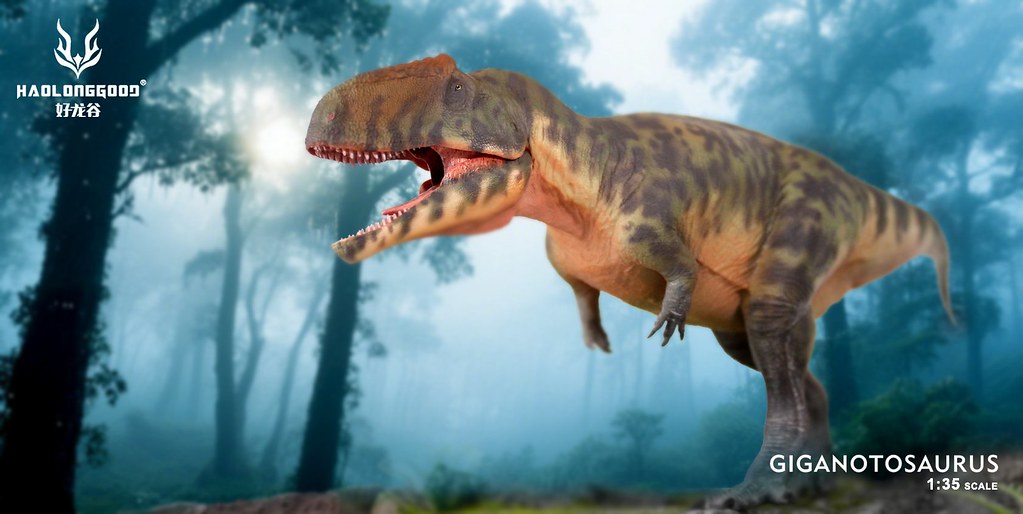Among the fascinating dinosaurs that once roamed our planet, Lambeosaurus stands out as one of the most distinctive and intriguing members of the hadrosaur family. This magnificent herbivore, characterized by its elaborate hollow head crest, lived during the Late Cretaceous period, approximately 76-75 million years ago. Paleontologists have long been captivated by the unusual cranial structure of this dinosaur, with compelling theories suggesting it may have been used for vocalizations that resembled honking sounds. As we explore the world of Lambeosaurus, we’ll discover how this remarkable creature lived, what made it unique among its contemporaries, and how modern science continues to unravel its mysteries.
The Discovery and Naming of Lambeosaurus
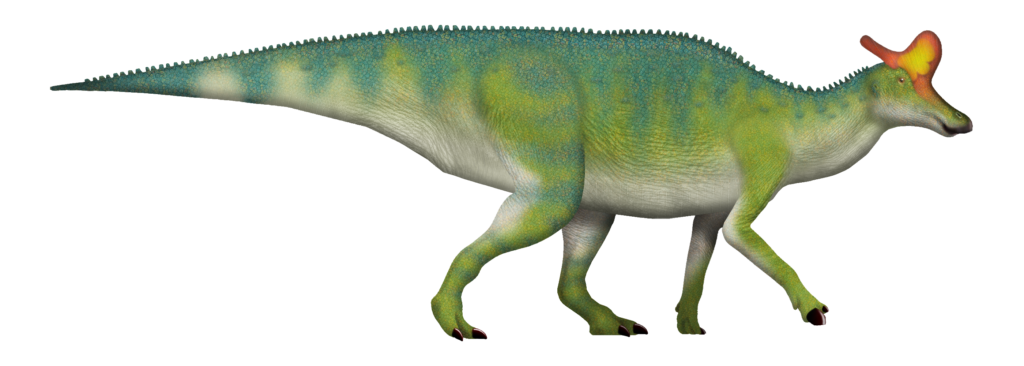
Lambeosaurus was first discovered in Alberta, Canada, in the rich fossil beds of the Dinosaur Provincial Park. The genus was named in 1923 by William Parks, a Canadian paleontologist who dedicated the name to Lawrence Lambe, a pioneering figure in Canadian paleontology who had previously worked with hadrosaur specimens. The name means “Lambe’s lizard,” honoring Lambe’s significant contributions to dinosaur research. Over the years, multiple species have been identified, with Lambeosaurus lambei being the type species. Other notable species include Lambeosaurus magnicristatus and Lambeosaurus laticaudus, each with distinctive variations in their crest morphology and overall size. These discoveries have provided scientists with a wealth of information about the diversity within the Lambeosaurus genus.
Physical Characteristics and Size
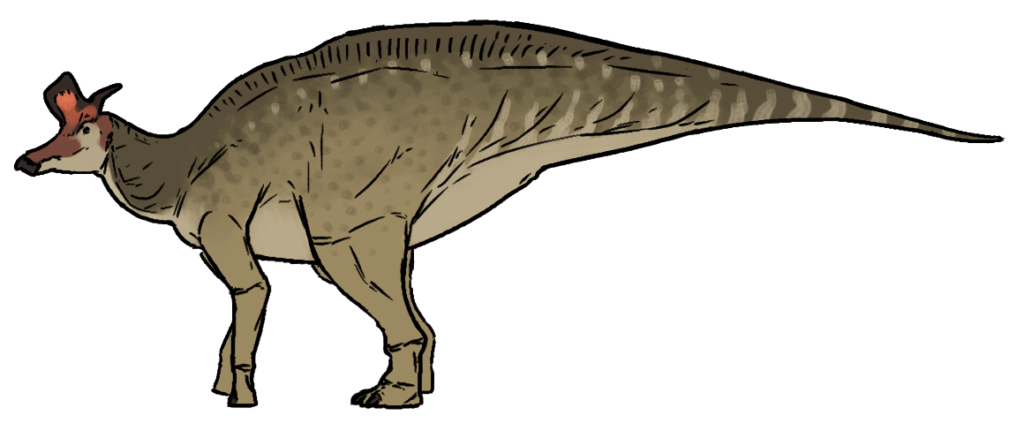
Lambeosaurus was a substantial creature, reaching lengths of up to 15 meters (50 feet) and heights of around 3.5 meters (11.5 feet) at the hip. This impressive hadrosaur weighed approximately 5.6 tons, making it one of the larger members of the duck-billed dinosaur family. Like other hadrosaurs, Lambeosaurus walked on both four legs and two legs, likely switching between quadrupedal and bipedal stances depending on whether it was grazing or moving quickly. Its powerful hind limbs were longer than its forelimbs, facilitating its ability to rear up and reach higher vegetation. The dinosaur’s tail was long and stiff, serving as a counterbalance when it stood or moved on its hind legs. Interestingly, the tail also contained specialized tendons that helped maintain rigidity, suggesting it played an important role in the dinosaur’s balance and locomotion.
The Distinctive Hollow Crest
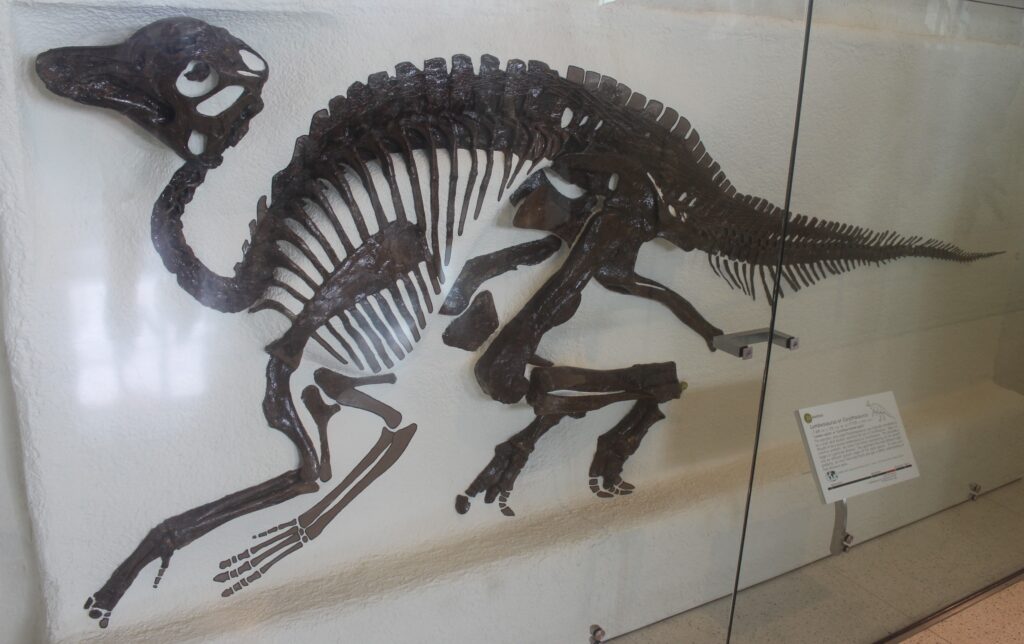
The most iconic feature of Lambeosaurus was undoubtedly its elaborate hollow crest, which extended from the top of its skull. The crest’s structure varied between species, with Lambeosaurus lambei sporting a hatchet-shaped crest and Lambeosaurus magnicristatus possessing a more elongated, pointed crest. This remarkable structure wasn’t solid bone but instead contained a complex network of hollow chambers connected to the nasal passages. These chambers formed elaborate air passages that wound through the crest before connecting to the respiratory system. The internal anatomy of these crests was so complex that it took modern CT scanning technology for scientists to fully map their structures. This intricate design has been the source of much scientific debate regarding its primary function, with theories ranging from thermoregulation to species recognition to sound production.
The Honking Hypothesis: Sound Production
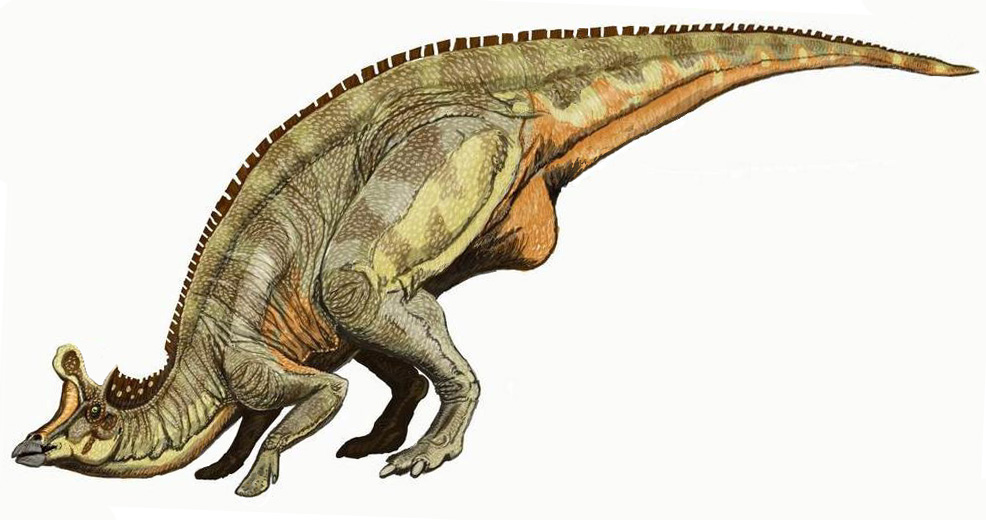
One of the most compelling theories about Lambeosaurus’s hollow crest involves sound production, giving rise to the “honking dinosaur” concept. Paleontologists suggest that air passing through the labyrinthine chambers within the crest could have created resonant sounds, possibly similar to the honking of modern geese or swans. Computer models of the crest’s internal structure support this hypothesis, demonstrating how air flowing through these passages could produce distinctive vocalizations. These sounds may have varied between species due to differences in crest shape and internal chamber configuration. The ability to produce loud, resonant calls would have served multiple purposes, from announcing territorial claims to attracting mates or warning of predators. This sound production theory is particularly intriguing as it provides a rare glimpse into the auditory world of dinosaurs, an aspect of prehistoric life that is rarely preserved in the fossil record.
Diet and Feeding Adaptations
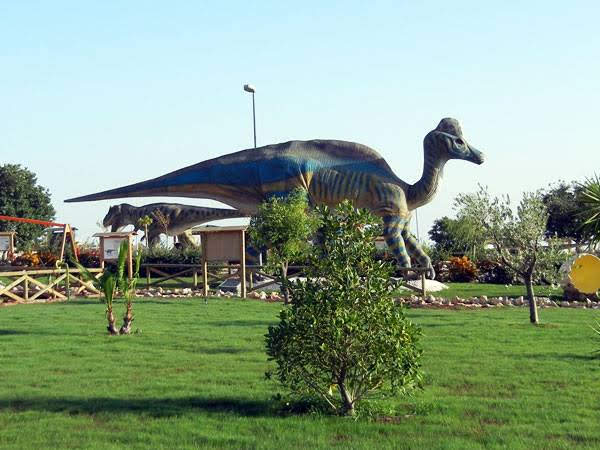
Lambeosaurus was an herbivore with specialized adaptations for processing tough plant material. Its mouth contained hundreds of small, diamond-shaped teeth arranged in dental batteries—complex structures with multiple rows of replacement teeth constantly developing below the active teeth. This remarkable adaptation ensured that as teeth wore down from grinding tough vegetation, new ones would continuously emerge to replace them. A typical Lambeosaurus might have had over 700 teeth in its mouth at any given time, with thousands more in various stages of development. The dinosaur’s broad, duck-like bill was perfect for cropping vegetation, while the teeth further back in the mouth efficiently processed the plant material. Analysis of fossilized stomach contents and coprolites (fossilized feces) suggests that Lambeosaurus consumed a variety of plant materials, including conifers, cycads, and early flowering plants that were becoming prevalent during the Late Cretaceous period.
Habitat and Geographic Distribution
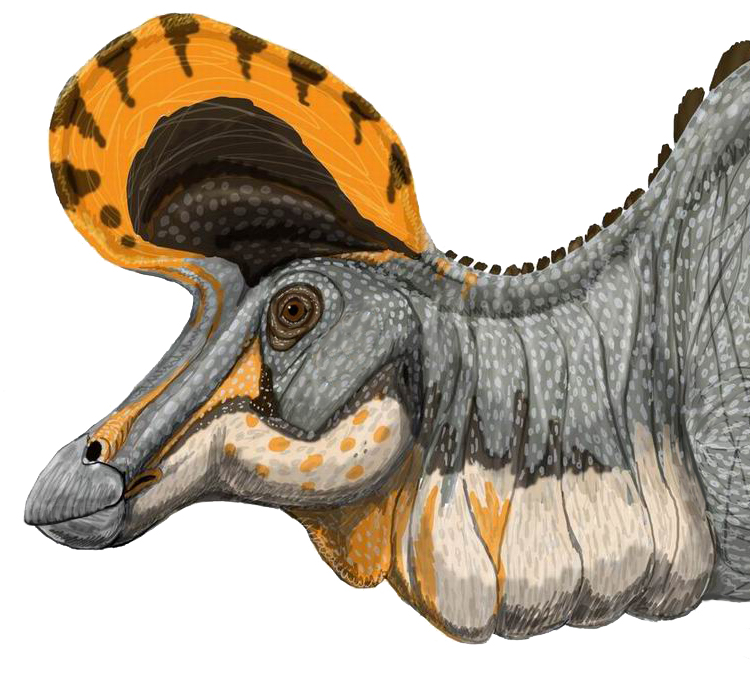
Lambeosaurus inhabited what is now western North America, with most specimens recovered from Alberta, Canada, particularly in the Dinosaur Provincial Park Formation. During the Late Cretaceous period, this region was vastly different from today’s landscape, characterized by warm, humid conditions and extensive coastal plains. These dinosaurs lived in a lush, subtropical environment with abundant waterways, marshes, and forests of conifers and early flowering plants. Fossil evidence suggests that Lambeosaurus preferred riparian environments—areas near rivers and streams—where vegetation would have been particularly abundant. The geographic distribution of different Lambeosaurus species appears to have been influenced by environmental preferences and possibly by competition with other hadrosaur species. This ecological niche separation helped multiple species of large herbivorous dinosaurs coexist in the same general region, each specializing in slightly different habitats or food sources.
Social Behavior and Herd Dynamics
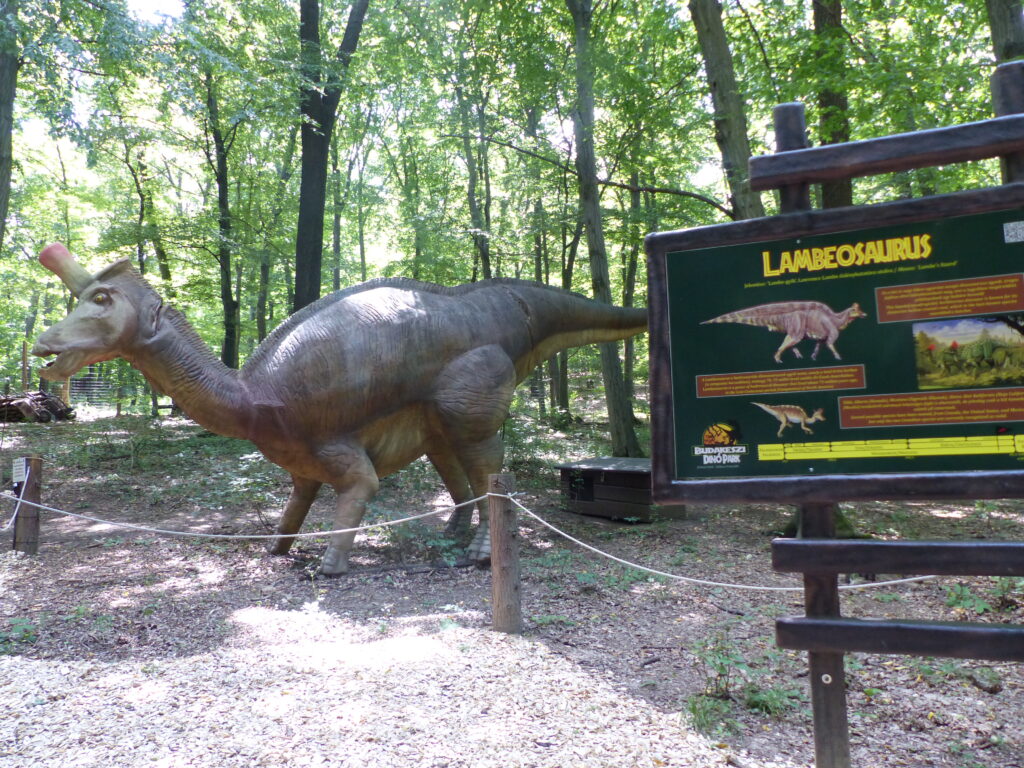
Evidence from bone beds containing multiple Lambeosaurus individuals suggests these dinosaurs were social animals that lived and traveled in herds. This gregarious behavior would have provided numerous advantages, including protection from predators like Gorgosaurus and Daspletosaurus, which were apex predators in the same ecosystem. Herding behavior also facilitated more efficient foraging and may have played a role in reproductive success. The composition of these herds likely included individuals of various ages, from juveniles to fully grown adults, indicating complex social structures similar to those of modern elephants or bison. Age segregation within these herds might have occurred, with younger individuals staying together in “nursery” groups under the protection of a few adults. The hollow crests and their proposed honking abilities would have been particularly useful in herd communication, allowing individuals to maintain contact even when visual cues were limited by vegetation or darkness.
Growth and Development
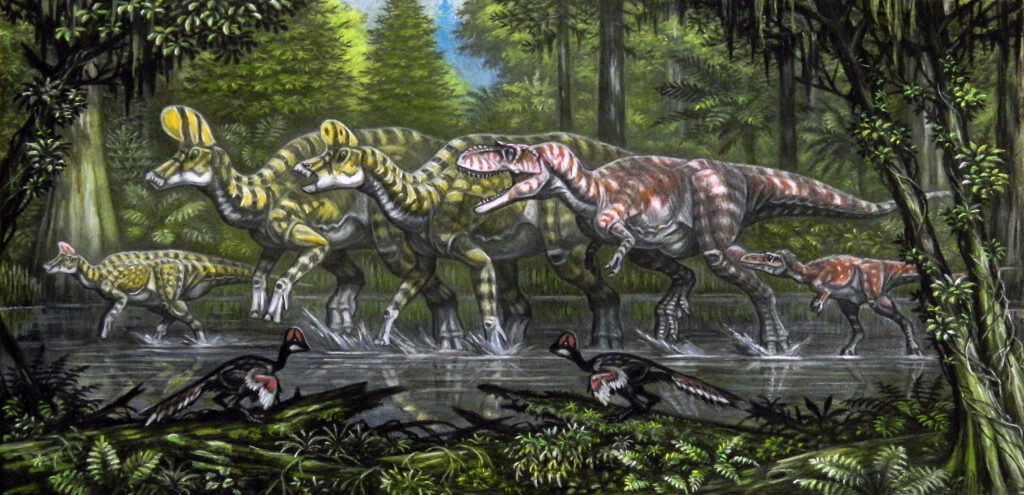
The growth pattern of Lambeosaurus represents one of the most fascinating aspects of its biology, particularly regarding the development of its distinctive crest. Juvenile specimens show that young Lambeosaurus hatched without the elaborate head ornament, developing it gradually as they matured. This ontogenetic (developmental) change provides strong evidence that the crest served social and sexual functions rather than being purely for physiological purposes. Growth rate analysis of Lambeosaurus bones suggests these dinosaurs grew relatively quickly, reaching sexual maturity possibly within 8-10 years, though they continued growing at a slower rate afterward. The changing shape of the crest during development likely served as a visual signal of an individual’s age and sexual maturity, potentially playing a crucial role in mate selection. This developmental pattern parallels what we see in modern animals with elaborate display structures, such as deer antlers or peacock feathers, which become more pronounced as the animals reach breeding age.
Alternative Crest Functions: Thermoregulation and Species Recognition
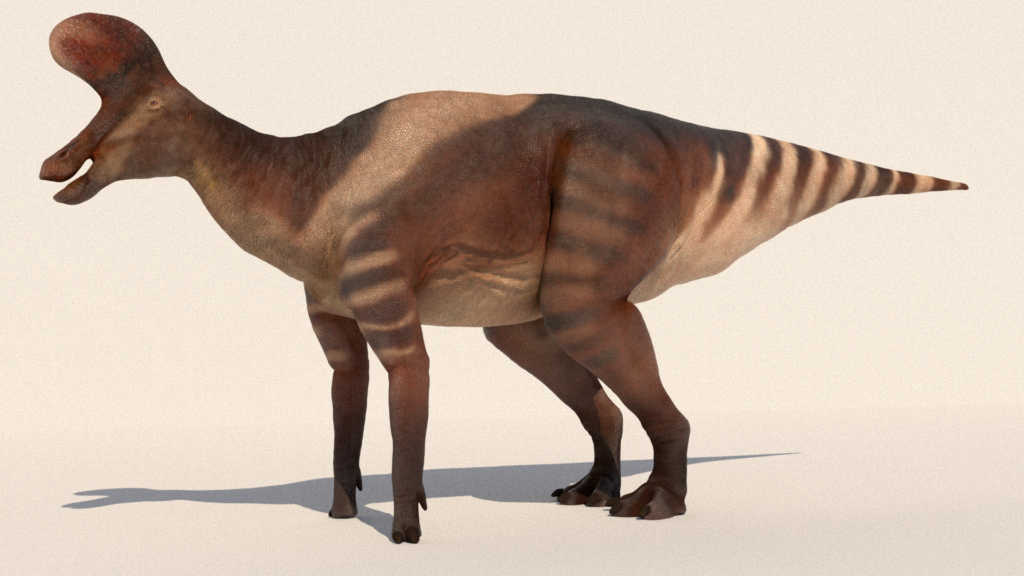
While sound production is a compelling theory for the function of Lambeosaurus’s hollow crest, scientists have proposed several alternative or additional functions. One significant hypothesis suggests the crest served as a thermoregulatory device, with the extensive surface area of blood vessels within the crest structure facilitating heat exchange with the environment. This would have allowed the dinosaur to regulate its body temperature more efficiently, cooling the brain in hot conditions or conserving heat when necessary. Another widely accepted theory proposes that the distinctively shaped crests served as visual species recognition signals, allowing different species of hadrosaurs to identify potential mates of their kind. The wide variety of crest shapes among closely related hadrosaurs supports this idea, as such diversity would facilitate quick and accurate species identification. Most paleontologists now believe the crest likely served multiple functions simultaneously, combining communicative, physiological, and social purposes in a single remarkable structure.
Paleoenvironment and Ecological Context
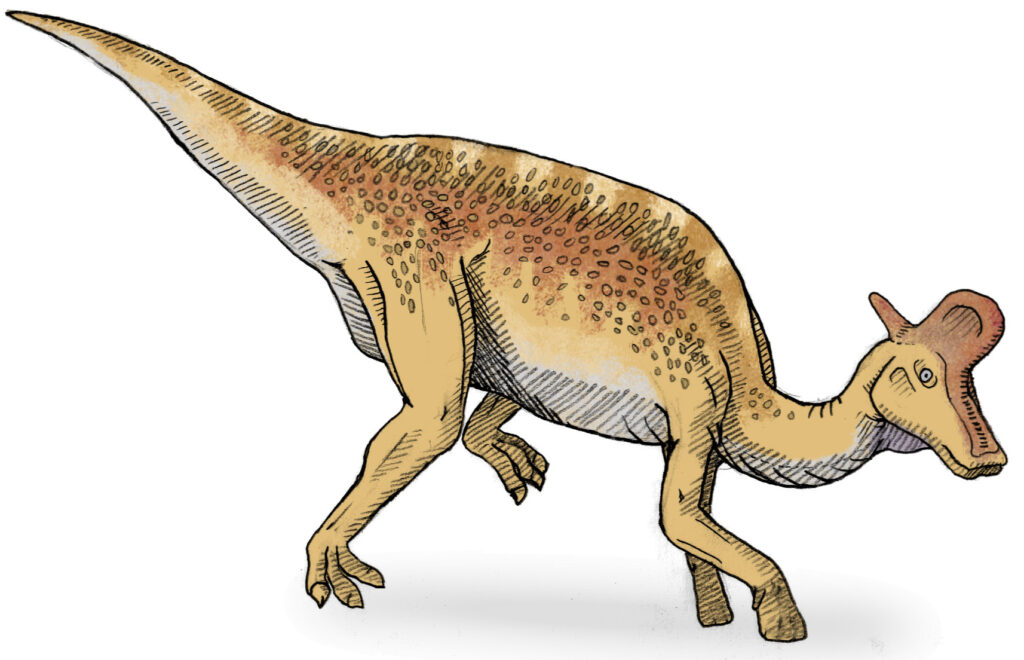
Lambeosaurus existed within a rich and diverse ecosystem during the Late Cretaceous period. The Dinosaur Park Formation, where many specimens have been discovered, preserves evidence of a warm, semi-tropical coastal plain environment with seasonal rainfall patterns. These dinosaurs shared their habitat with numerous other species, including other hadrosaurs like Corythosaurus and Parasaurolophus, ceratopsians like Centrosaurus and Styracosaurus, and ankylosaurs like Euoplocephalus. This herbivore-rich environment supported several large predators, including tyrannosaurs and smaller dromaeosaurids. Ecological studies suggest that different hadrosaur species, including Lambeosaurus, may have partitioned resources by focusing on different types of vegetation or foraging at different heights. This ecological specialization would have reduced direct competition and allowed multiple large herbivore species to coexist. The presence of annual growth rings in Lambeosaurus bones indicates these animals experienced seasonal changes in their environment, possibly including dry seasons that limited plant growth.
Extinction and Legacy

Lambeosaurus disappeared from the fossil record approximately 75 million years ago, well before the mass extinction event that eliminated all non-avian dinosaurs at the end of the Cretaceous period 66 million years ago. This earlier extinction of Lambeosaurus and related hadrosaurs in North America may have been caused by regional environmental changes or competition from newly evolved dinosaur species. Despite its extinction, Lambeosaurus has left an important scientific legacy, contributing significantly to our understanding of hadrosaur diversity and evolution. The extraordinarily well-preserved specimens, including some with soft tissue impressions and skin imprints, have provided invaluable insights into dinosaur biology. Lambeosaurus continues to capture public imagination through museum exhibits worldwide, where reconstructions of these magnificent dinosaurs, complete with their distinctive crests, help visitors visualize these creatures as they would have appeared in life.
Modern Research and New Discoveries
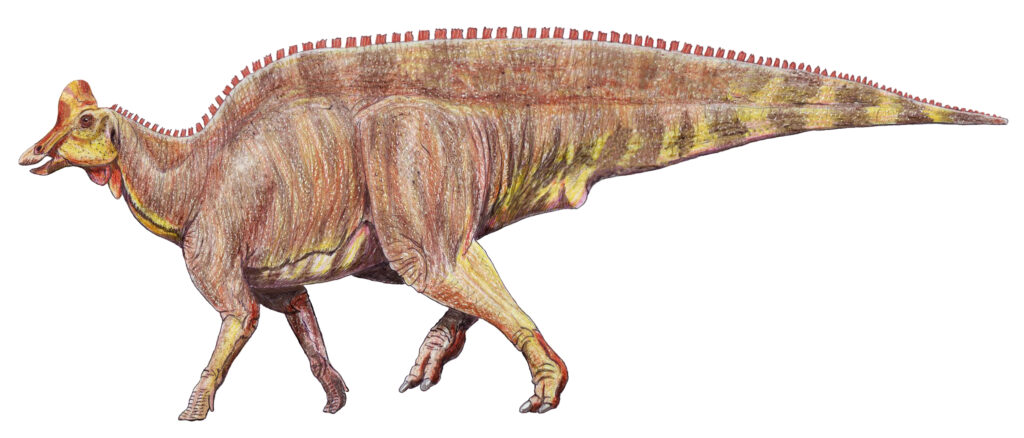
Research on Lambeosaurus continues to evolve with new technologies and methodologies. Advanced imaging techniques, including CT scanning and 3D modeling, have revolutionized our understanding of the internal structure of the hollow crest and its potential functions. These techniques have allowed scientists to create accurate models of how sound might have resonated through the crest chambers, strengthening the honking dinosaur hypothesis. Histological studies (microscopic examination of bone structure) have provided new insights into Lambeosaurus growth patterns and life history. Recent discoveries of exceptionally well-preserved specimens, some with skin impressions and other soft tissues, have further enhanced our understanding of this dinosaur’s appearance and biology. Biomechanical analysis using computer modeling has helped scientists understand how Lambeosaurus moved and held its body, providing a more accurate picture of how these animals appeared and behaved in life. This ongoing research continues to refine our understanding of these remarkable animals and their place in Earth’s evolutionary history.
Cultural Impact and Popular Representation
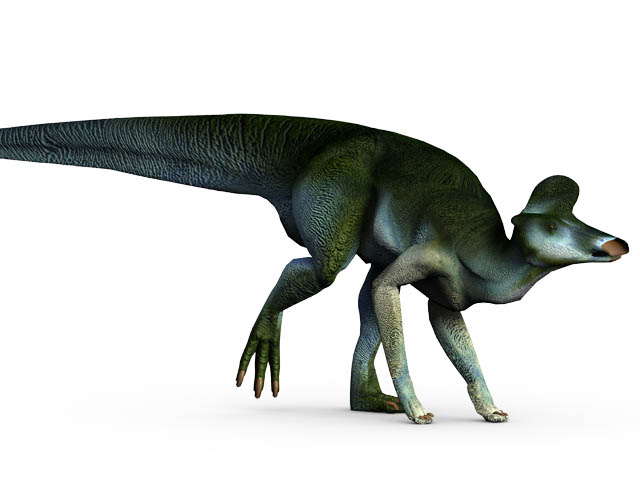
Lambeosaurus has made numerous appearances in popular culture, though perhaps not achieving the fame of Tyrannosaurus rex or Triceratops. Its distinctive appearance, particularly the hollow crest, has made it a favorite subject for paleoartists attempting to reconstruct the appearance and behavior of extinct animals. Museum exhibits featuring Lambeosaurus often highlight the honking hypothesis, sometimes with interactive displays that allow visitors to experience what these sounds might have been like. The dinosaur has appeared in documentary series, including several major productions by the BBC and Discovery Channel, where its social behavior and communication have been dramatically portrayed. Children’s books frequently feature Lambeosaurus as an example of the diverse and sometimes bizarre adaptations found in dinosaurs. Through these cultural representations, Lambeosaurus continues to educate and inspire curiosity about Earth’s prehistoric past, serving as an ambassador for paleontology and evolutionary biology to the general public.
Echoes of Lambeosaurus: Evolution, Adaptation, and Ancient Diversity
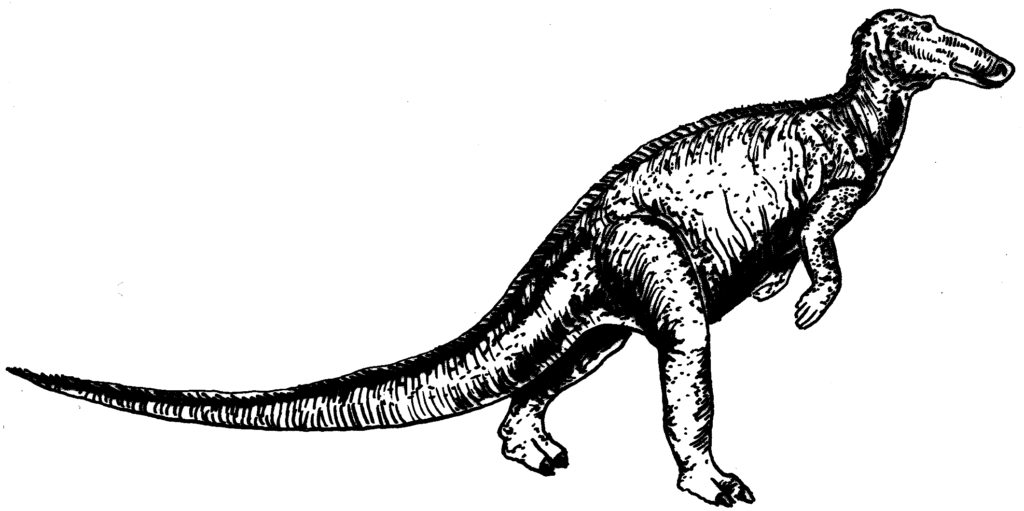
As we continue to study the remarkable Lambeosaurus, we gain not just knowledge about a single dinosaur species but insights into the broader themes of evolution, adaptation, and the incredible diversity of life that has existed on our planet. The hollow-crested hadrosaur that might have once filled Late Cretaceous forests with resonant honking calls represents a fascinating chapter in Earth’s biological history. Through fossilized remains, scientific inquiry, and technological advances, these magnificent dinosaurs continue to “speak” to us across the vast expanse of time, revealing the wonders of a world long vanished but increasingly understood. The story of Lambeosaurus reminds us that even extinct creatures have much to teach us about life’s endless capacity for innovation and specialization.



